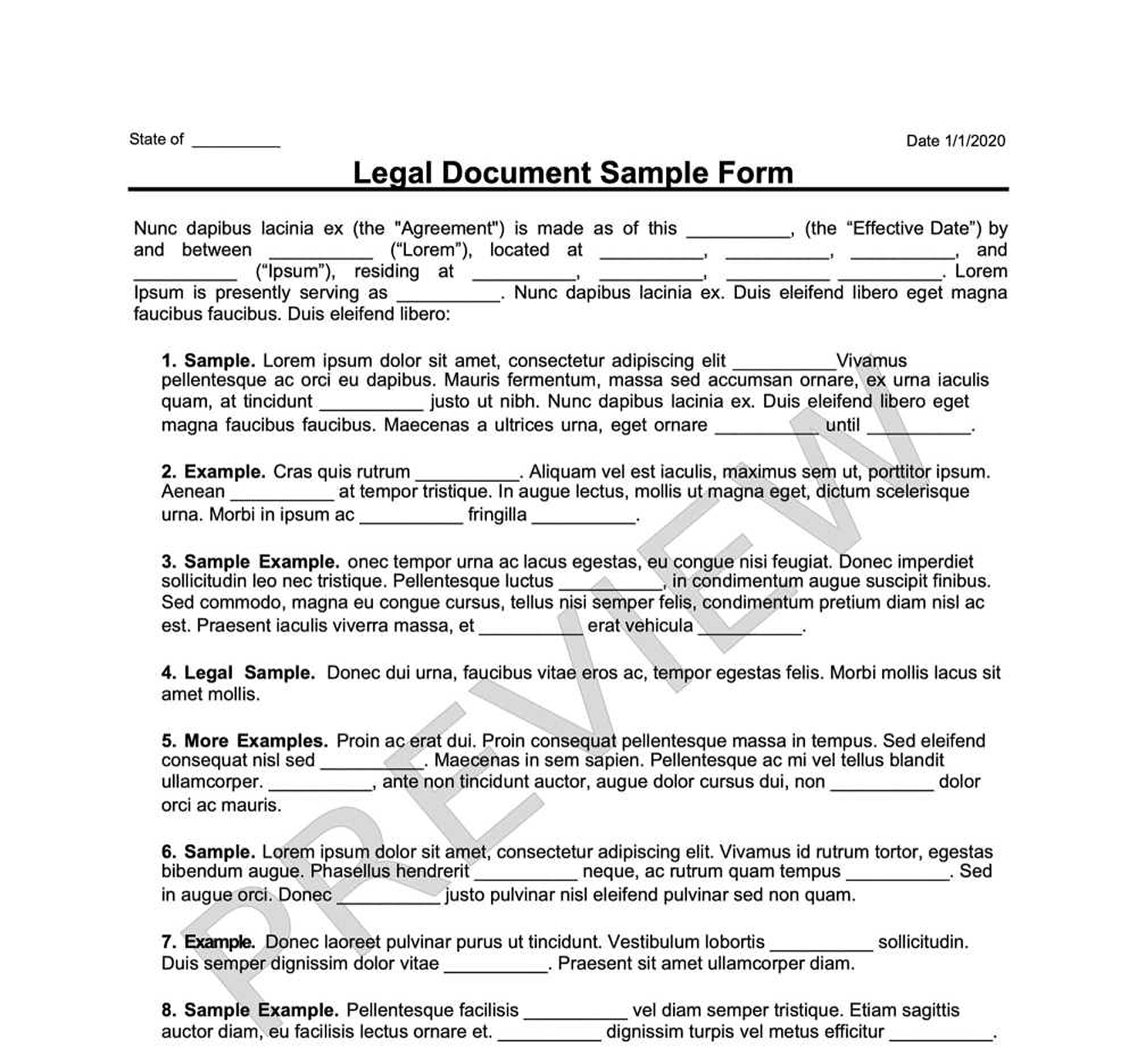Deed of Reconveyance
A Deed of Reconveyance vouches that the debt secured by a deed of trust has been paid in full by the borrower.

How it Works
Build your selected document.
Answer a few simple questions with step-by-step instructions.
Print & download forms instantly. Sign & make it legal.
What Is a Deed of Reconveyance?
The Deed of Reconveyance's importance is tied to the deed of trust. Another name for this document is a trust deed. It is used as an agreement between a trustor and beneficiary that the party in possession should place the property title in question in a trust.
This trust is held by a neutral third-party called the trustee. Deeds of trust are not as typical anymore but still used in about 20 states. The Deed of Reconveyance is a document issued by the trustee confirming the borrower paid their debt in full to the beneficiary and now holds the title to the property.
What Is a Deed of Reconveyance?
The Deed of Reconveyance is a vital document to the property owner, showing no liens against the property. The Deed of Reconveyance should indicate the borrowed amount and when the borrower paid the loan in full. It should also contain all relevant information on the property, such as the legal description and parcel number.
Most importantly, the Deed of Reconveyance should contain the trustee's signature, which officially releases the borrower's property title.
Other Names for Deed of Reconveyance
Depending on your state, a Deed of Reconveyance may also be known as:
- Reconveyance Deed
- Reconveyance of Deed of Trust
- Full Reconveyance
- Release of Deed of Trust
Who Needs a Deed of Reconveyance?
Any person or entity with a mortgage loan from a bank, title company or any other financial institution needs a Deed of Reconveyance once the loan is paid off. This document ensures the property is officially released from the deed of trust. Having this document makes selling and buying a property less problematic.
Why Use Swyft Forms for Your Deed of Reconveyance?
Customized for you, by you
Create your own documents by answering our easy-to-understand questionnaires to get exactly what you need out of your Deed of Reconveyance.
Specific to Your Jurisdiction
Laws vary by location. Each document on Swyft Forms is customized for your state.
How to Create a Deed of Reconveyance With Swyft Forms
A Deed of Reconveyance is a straightforward document showing a clear transfer of the property title from a trustee to a trustor. As a trustee, you might benefit from having a template of this document expediting the process without compromising accuracy.
Let Swyft Forms help with our extensive library of attorney-vetted legal forms. The process is fast and easy. All you have to do is fill out our easy-to-understand questionnaire. Once complete, simply download your form as a PDF or Word document from your secure online account.
What Information Will I Need to Create My Deed of Reconveyance?
To create your document, please provide:
- Trustor Details: The full legal name of the borrower.
- Trustee Details: The full legal name of the person or entity holding the title of the property.
- Beneficiary: The name of the financial institution providing the money.
- Consideration: The sum given to the trustor by the beneficiary.
- Legal Description: The reconveyance should contain the official description of the property.
- Parcel Number: Include the lot number issued to the property.
- Notary Public: This is the space for the notary public's stamp and signature.
- The Effective Date: The date when the Deed of Reconveyance is issued.
- Signature: Only the trustee needs to sign the document.
Deed of Reconveyance Terms
- Mortgage: A type of property loan secured by the real property
- Deed of Trust: Same as a mortgage with the addition of a third-party neutral party (trustee)
- Trustor: The person or entity borrowing the money from the financial institution; the borrower
- Trustee: The person or entity holding the title of the property in the trust
- Beneficiary: An entity lending the money (bank, title company, escrow company)
- Foreclosure Action: The legal proceedings initiated by the beneficiary when a borrower defaults on the loan
- Lien: A claim or legal right against an asset or assets used as collateral
Deed of Reconveyance Signing Requirements
When the trustee signs the Deed of Reconveyance, they should do so in front of a notary public. The document should have enough space allocated for the notary's stamp and signature. If you live in Georgia, Michigan, Ohio, South Carolina, Arkansas, or Vermont, you will also need a witness signature.
What to Do With Your Deed of Reconveyance?
After the Deed of Reconveyance is signed and notarized, you must file it at the local land records office. Depending on the state and county, it can be the County Clerk's Office, Register of Deeds, Land Registry Office, or County Recorder's Office.
Other Names for Deed of Reconveyance
- Deed of Reconveyance Form
- Deed of Reconveyance Document
- Deed of Reconveyance Agreement
- Deed of Reconveyance Contract
- Deed of Reconveyance Template
- Deed of Reconveyance Checklist
Who Needs a Deed of Reconveyance?
Why Use Swyft Forms for Your Deed of Reconveyance
Customized for you, by you
Specific to Your Jurisdiction
Why choose Swyft Forms?
Create professional documents for thousands of purposes.
Make unlimited documents and revisions.
Our documents are vetted by lawyers and are applicable to all 50 states.
